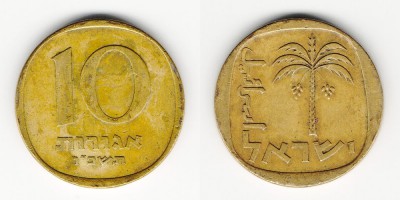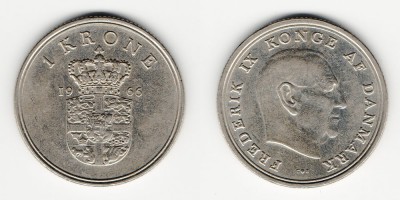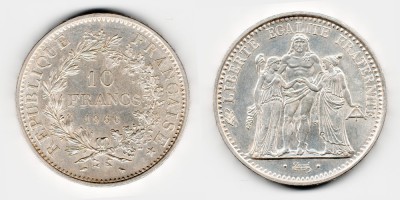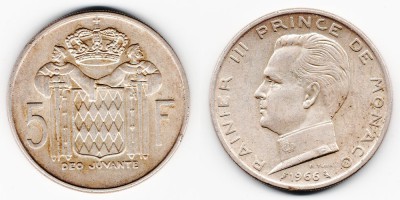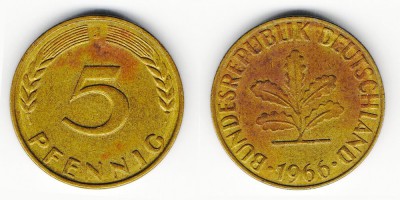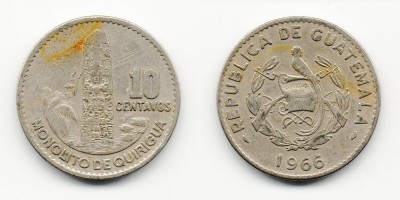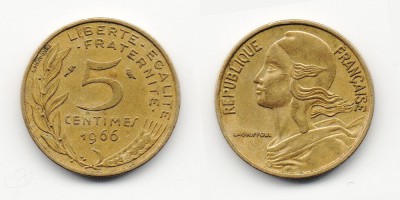In 1966, there were various changes that affected the monetary system of the world. Many countries have changed their national currency, the appearance of some coins has also changed.
For a start, it is worth noting that this year the period of using money from precious metals ended. For the last 50 years, countries actively abandoned this, so in 1966 only one silver coin was used — the silver Canadian dollar.
Also this year, Australia received its own currency - the Australian dollar. Coins of 1.2 cents in bronze were approved, as well as copper-nickel 5, 10, 20 and 50 cents. Dollars began to be minted much later.
Not only Australia has got its own dollar this year. The Bahamas also approved the Bahamian dollar currency. However, they still remained a colony of Great Britain, so the portrait of Elizabeth II was engraved on the coins.
Many other interesting facts also occurred, including:
Declaration of independence of the Republic of Botswana. This year, their precious metal money was issued, which depicted the first president of Botswana.
Introduction of chetrums as an exchange coin in Bhutan. They replaced the latest "Naya paise" and were made of bronze and silver.
New type of coins in Zambia. In 1966, a new type of coin was developed, which was very similar to the previous coinage. But there were several cardinal differences: the name of the country was added in English, the replacement of the portrait of Elizabeth II by the King of Zambia, and the denomination of the coin began to be indicated by words and numbers.
Also this year, three countries, Uganda, Kenya and Tanzania, gained their independence. Each of them received its own national currency: Ugandan, Kenyan and Tanzanian shillings.
 Russian
Russian English
English Deutsch
Deutsch Spanish
Spanish Português
Português


